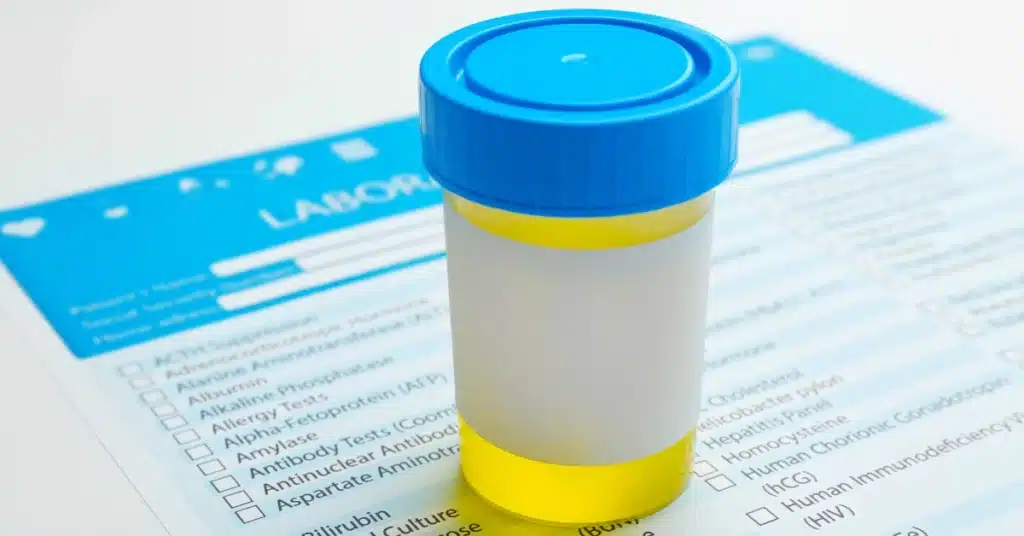PID: A Threat to the Female Reproductive Health
PID, or Pelvic Inflammatory Disease, is the infection of female reproductive organs such as ovaries or fallopian tubes.
This infection affects about 1 million women annually in the United States.
It can cause mild to moderate symptoms like discharge and pain to no symptoms at all.
If left untreated, it can damage the female reproductive tract, which may be irreversible.
Since PID is such a common and dangerous infection, it is very important to know its symptoms and causes to identify and treat it promptly.
Read ahead to find all you need to know about PID: symptoms, causes, diagnosis, complications, and treatment.
Symptoms of PID

PID may not always cause symptoms.
However, it is important to know all possible indications of PID for timely diagnosis.
So, the signs of PID can include:
- Foul-smelling vaginal discharge
- Mild to severe abdominal pain
- Pain during sex
- Fever
- Chills
- Painful urination
- Bleeding between periods or after sex
Causes of PID
PID is mainly caused by bacteria that are transmitted through sexual contact.
These mainly include Chlamydia, Gonorrhea, and Mycoplasma Genitalium.
Besides, non-sexual bacterial exposure during abortion or childbirth can also cause PID.
Placing a contraceptive in the uterus, such as an Intrauterine Device (IUD), can also be a reason.
Sometimes, surgical procedures like dilation and curettage can cause PID.
Although PID in men is not a possibility, they can transmit several STIs to women, serving as an indirect cause of PID.
Risk factors of PID
Keeping the causes aside, certain factors can make it more likely for you to get PID.
They include:
- Young age
- Early sexual encounter
- Non-white ethnicity
- Nulliparity (not having children)
- History of an STI
- Exposure to Chlamydia Trachomatis
- Low socioeconomic status
- Being unmarried or divorced
PID diagnosis

So far, no single test is available for PID diagnosis.
A doctor chooses from multiple options available based on symptoms and requirements.
This is the initial step to look for abnormalities like vaginal discharge or tenderness through a pelvic exam.
A swab can be taken from the vagina or cervix to get a sample to check for infections like Chlamydia or Gonorrhea.
Transvaginal ultrasound, Laparoscopy, and blood or urine tests can also be used for examination.
Laparoscopy is a minimally invasive surgical procedure that requires small incisions in the abdomen to insert a tube with light and a camera to examine the organs.
A pregnancy test can be conducted for precautionary reasons in case of symptoms such as pain to rule out the possibility.
For a more detailed explanation of the diagnosis process, read how to test yourself for PID.
How to treat PID
It is possible to treat PID, but timely treatment is crucial.
Delay in treatment means more damage to the reproductive organs, which cannot be reversed.
PID is mainly caused by STIs such as Gonorrhea and Chlamydia, which can be cured by antibiotics.
Ampicillin-sulbactam plus Doxycycline are effective antibiotics for PID.
Mostly, the course of antibiotic tablets continues for 14 days.
To clear the infection, you must complete the entire prescribed course, even if the symptoms improve.
For additional symptoms like pain, painkillers like Ibuprofen and Paracetamol are used alongside antibiotics.

Is pelvis pain making it hard to live a normal life?
Get your relief companion at WowRx now!
Brufen 400mgNaprosyn 500A follow-up appointment is scheduled 3 days after starting the treatment to look for improvement in symptoms and need for hospitalization.
Your partner also requires treatment if you had sexual contact in six months before symptoms arise.
If the partner is left untreated, PID can occur again.
If you wish to explore natural ways that you can utilize to manage PID or its discomfort, read natural remedies for PID.
PID complications
If left untreated, PID can cause many complications.
Some of them include:
Ectopic pregnancy
Untreated PID can cause scar tissue development in the fallopian tubes.
This can prevent the fertilized egg from implanting in the uterus.
So, the pregnancy occurs outside the uterus, which is called Ectopic pregnancy.
Infertility
Pregnancy with PID can be difficult as it can cause infertility.
This happens due to damage to the reproductive organs caused by PID.
Chronic pelvic pain

The scarring tissue or damage to organs can also cause chronic pelvic pain.
It can go on for months or years, affecting more during ovulation or intercourse.
Tubo-ovarian abscess
PID can cause pus buildup (abscess) in fallopian tubes and ovaries, or sometimes the uterus.
If not treated, it can cause infection, which might be fatal.
Conclusion
PID in women is an infection of the reproductive organs caused by STIs like Gonorrhea and Chlamydia.
Sometimes, bacteria through surgery, abortions, or IUDs can cause PID.
Factors like young age, history of STIs, multiple sexual partners, and non-white ethnicity can also raise the risk of getting PID.
Its symptoms include discharge, pain, fever, painful urination, and intercourse.
To confirm PID, a pelvic exam and tests like transvaginal ultrasound, blood or urine test, and Laparoscopy can be useful.
Antibiotics like Doxycycline treat the infections that cause PID, while painkillers like Ibuprofen can reduce pain.
If left untreated, PID can cause infertility, Ectopic pregnancy, abscess formation, and chronic pelvic pain.
You should get regular checkups for STIs and also discuss any discomfort experienced with your doctor to avoid these complications and ensure a comfortable life.
Frequently Asked Questions
What does PID stand for?
PID stands for Pelvic Inflammatory Disease. It is the infection of the female reproductive organs, such as the ovaries and uterus. It is mainly caused by bacteria transmitted through sexual contact. So, STIs like Gonorrhea and Chlamydia are the main causes of PID.
Is PID curable?
The STIs that cause PID, like Chlamydia, can be cured with antibiotics. However, the damage that PID has already caused to the reproductive organs cannot be reversed. Moreover, if the complete antibiotics course is not followed, the infection may not clear up.
How to cure PID?
It is possible to cure the STIs that cause PID, i.e., Gonorrhea and Chlamydia, through the use of Antibiotics. Ampicillin-sulbactam plus Doxycycline are the ones used for PID. The course is usually recommended for 14 days and must be completed even if symptoms improve to eliminate the infection.
Does PID show on ultrasound?
Transvaginal ultrasound is one of the widely used tests to check for PID. Usually, a pelvic exam is conducted first to check for abnormal signs like pain or discharge. Other diagnostic tests for PID include urine tests, blood tests, swab tests, and Laparoscopy.
WowRx uses only high-quality sources while writing our articles. Please read our content information policy to know more about how we keep our content reliable and trustworthy.






